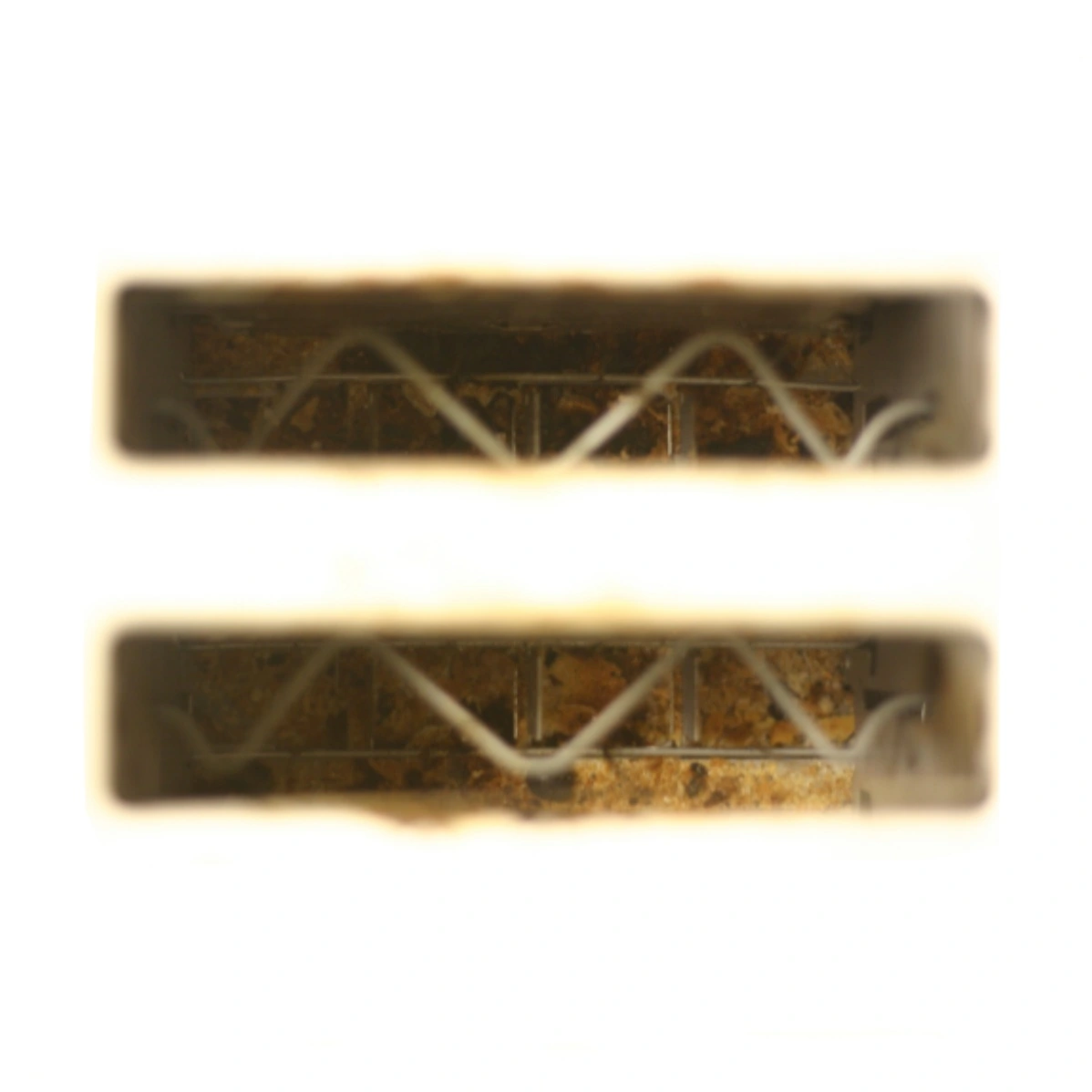This seems like a great technology to build resiliency and redundancy in a community, especially for places where cell service is spotty, or in the odd event where normal lines of communication are blocked.
The LoRa boards can be easily powered with a small solar panel for continuous use, and if put in a high enough place with a good antenna, they can have a surprisingly long range!
In addition to being genuinely useful, they also seem like they’d be a lot of fun to experiment and play around with, printing cool 3D cases for them, or designing a better antenna or repeater setup.
If and of you already have experience with LoRa, I’d be interested to hear your thoughts! :D
More people are popping up on the network everyday. lots to learn and dig in to if you want, or you can set it and forget it. c/meshtastic
This sounds great. Just be aware that broadcasting on certain frequencies is ilegal in some places. You might need a license to broadcast in the ham spectrum, and even then, broadcasting encrypted messages could be prohibited.
LoRa is, as far as I know, legal to use in most countries without a license, and do not broadcast on HAM frequencies.
ah, that’s great. To complement on the discussion, I found this site with a relationship of the used band and the corresponding legislation https://www.loraantenna.com/lorawan-frequency-plans-by-country-region/
True, but different frequencies per region. So if you used hardware in the wrong region it could be illegal. Still, in the US and EU at least, it is a public open band.
Fortunately, meshtastic let’s you set your region on the mobile apps and it sets it to the legal frequency range in your area. It won’t broadcast in the ham spectrum.
I have a question about how easy the signal is to block. I live in a somewhat mountains, densely forested area. Do devices need to have direct line or sight to communicate? Wanted to set this up as a potential back up communication source for grid outages and keep a device in each car.
I played the idea a few years back, at some anarchist-leaning not-just-music festival. We tried setting up a link over a 70 m hill, both stations using 433 MHz (500 mW transmit power, quarter wave antennas) narrowband (no frequency hopping) LoRa boards from Chengdu EByte. Stick antennas, not directional. Both stations were right below the hillside, so the hill formed a perfect obstacle between them.
Communicating over the hill in a single hop proved impossible. With a repeater at the hilltop, it was possible to make contact with the repeater from street level (no line of sight, trees obstructing), but the repeater (Meshtastic didn’t exist back then, it was entirely homebrew) had software bugs, so - no link to the other hillside. :)
With better software and better planning, the experiment would have succeeded. :) And if we’d have tried building a link over a valley, it would have been considerably easier.
With ordinary WiFi and directional antennas (panel or ladder antennas), I’ve been able to establish links over 1 km. If one used a LoRa card, and had a directional antenna for the frequency involved, in clear line of sight, I believe 10 km would be attainable without being a radio specialist.
The antenna makes a huge difference too. With a $20 fibreglass 3dBi omnidirectional antenna that was only 26cm long, I was able to exceed 4km in a city with no line of sight. There were probably a ton of firmware and software improvements since you tried though, to be fair.
I have some experience with it but I am by no means a radio expert or ham radio buff.
If anybody is interested in setting up a node, I’d highly recommend the wisblock/rak4630. They’re very low power and easy to power indefinitely with solar. It can seem daunting at first but it’s actually pretty straightforward once you do a little reading online.
You just need the wisblock, an 18650 battery, and a solar panel along with JST 1.5mm and 2.0mm connectors to hook them up and it’ll start working.
Here’s a zine if you wanna diy it. https://github.com/iffybooks/3.3v-solar-power-station
There are also more plug and play options out there too.
You got anymore of those Solarpunk Zines?





